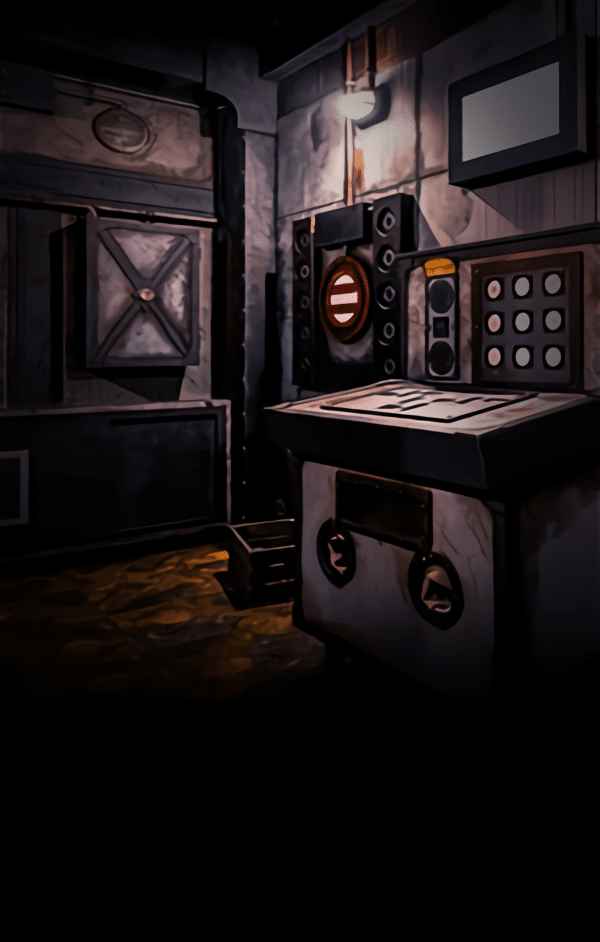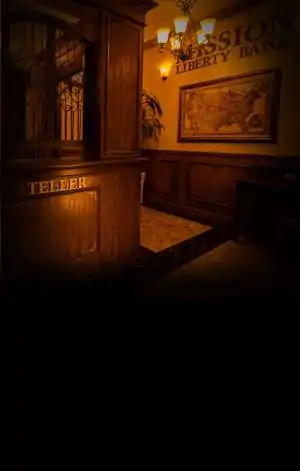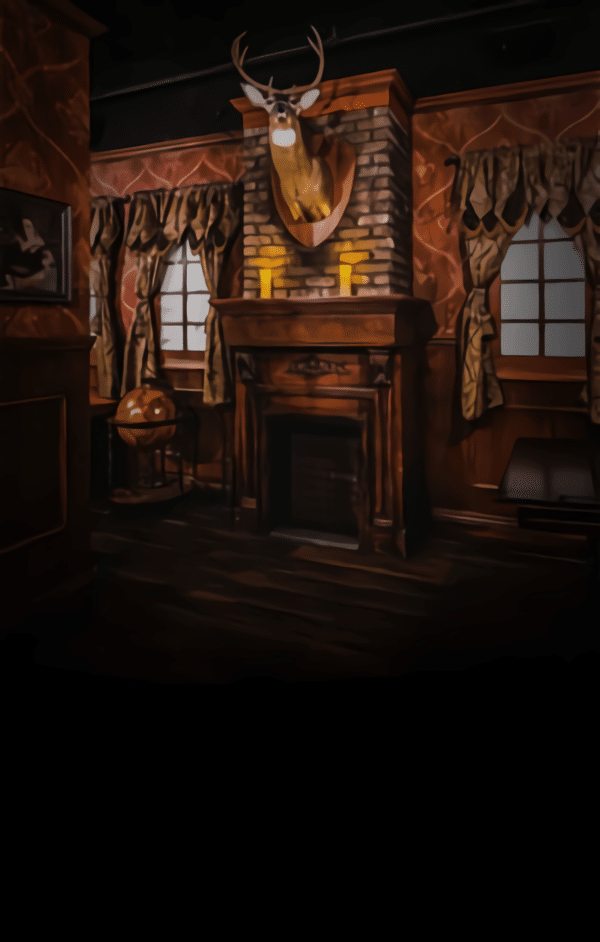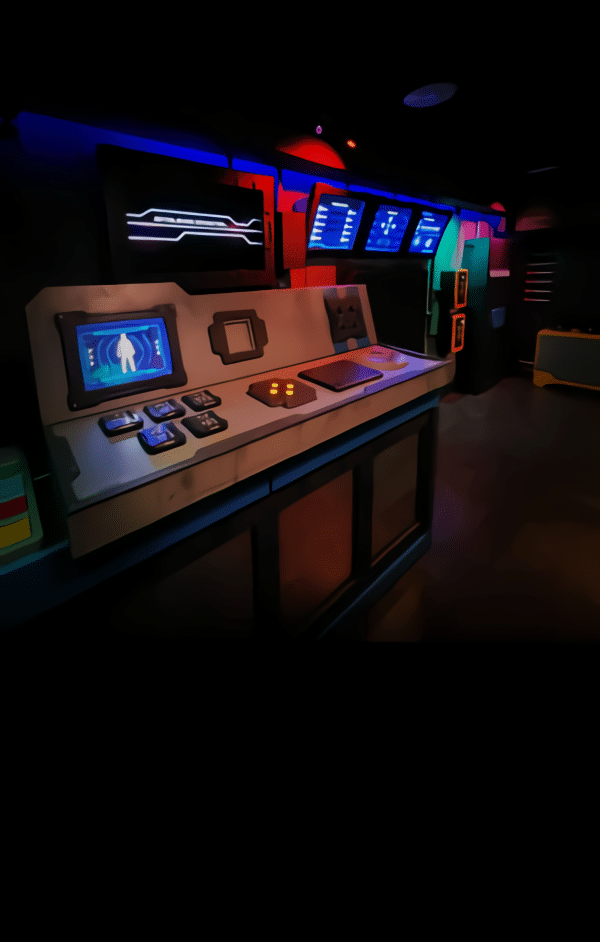Attention to Detail in Themed Environments
Escape room New York City experiences thrive on the fine details of their themed environments. Set designers go beyond surface-level decoration by adding authentic props, weathered furniture, lighting effects, and soundscapes that fully immerse players. A room designed to feel like a laboratory, for example, may include bubbling test tubes, chalkboards filled with formulas, and interactive control panels. Every element is carefully chosen to enhance the story and provide realism, so participants truly feel transported to another world. This meticulous attention to detail allows guests to suspend disbelief and focus fully on the mission at hand.
Storytelling Through Set Design
The best escape room New York City locations use set design as a storytelling tool. Rather than simply building puzzles, they construct immersive narratives in which the décor plays a critical role. A mystery-themed room might feature hidden passageways or a desk filled with clues that tie directly into the storyline. Lighting shifts and sound cues may be used to mark dramatic plot twists, heightening anticipation and keeping players engaged. By weaving story and environment seamlessly, set design becomes an active character in the experience rather than a passive backdrop.
Use of Lighting and Sound
Lighting and sound are two essential aspects of immersive design. Escape room New York City venues utilize dimming lights, flickering bulbs, or glowing symbols to signal progress or create tension. Surround sound systems pump in ambient noises like footsteps, creaking doors, or thunderstorms, amplifying the atmosphere. Some rooms even synchronize sound and light effects with puzzle completions, making each success feel dramatic. These audiovisual elements engage multiple senses at once, leaving players with stronger memories of their adventure.
Incorporation of Technology
Modern escape room New York City challenges often rely on integrated technology to elevate immersion. RFID sensors, pressure-sensitive floors, and hidden cameras detect player actions, triggering new events or opening hidden compartments. Touchscreens, holograms, and augmented reality elements may also be used to blend the physical and digital worlds. These innovations make puzzles more dynamic, reduce reliance on staff intervention, and increase replay value. The use of technology ensures that rooms feel fresh and futuristic while still grounded in the theme’s authenticity.
Realistic Puzzle Integration
In well-designed rooms, puzzles aren’t just randomly placed—they are seamlessly integrated into the environment. A pirate ship theme may use navigation charts and compasses as riddles, while a detective’s office might incorporate coded files and fingerprint analysis. This integration ensures that solving puzzles feels natural, as though players are uncovering secrets within the story itself. Escape room New York City venues excel in aligning puzzle mechanics with thematic elements, so players never feel disconnected from the narrative flow.
Multi-Room Experiences
Many escape room New York City locations enhance immersion by offering multi-room experiences. Players begin in one environment and, after solving enough puzzles, unlock passageways to new areas. Moving from a cramped study into a sprawling laboratory or secret lair adds excitement and surprise. Each new space introduces different challenges, décor, and clues, making the overall adventure more layered. This design approach keeps teams engaged while reinforcing the feeling of being inside a living, breathing story.
Game-Specific Examples
Each game offered has its own immersive design features. “End of Days A” and “End of Days B” plunge participants into survival scenarios with apocalyptic visuals and eerie sounds. “Hydeout” recreates the chilling Victorian-era mystery of Dr. Jekyll and Mr. Hyde with gothic furniture and hidden compartments. “Carbon: 3708” offers a futuristic, sci-fi aesthetic with glowing panels and high-tech interfaces. These distinct designs highlight how every room is uniquely crafted, ensuring visitors can always find a theme that appeals to their sense of adventure.
Enhancing Group Engagement
Immersive set designs also encourage collaboration. A room filled with engaging props, hidden drawers, and interactive puzzles demands teamwork to investigate thoroughly. Groups must share findings, divide tasks, and combine efforts to progress. The physical immersion keeps everyone actively participating rather than relying on a single person to solve everything. In this way, set design not only creates atmosphere but also strengthens the social dynamics of the game.
The Role of Set Design in Replayability
Replayability is often a challenge in escape rooms, but thoughtful design can extend engagement. Even if a group has already solved the puzzles, the sheer richness of the environment makes it fun to revisit with new participants. Escape room New York City venues often update props, add small twists, or rotate themes to keep the experience fresh. Because the sets feel like fully realized worlds, players may discover details they missed on earlier visits, giving them reasons to return.
Why Immersion Matters
Ultimately, immersive set design is what separates a memorable escape room from a forgettable one. Players don’t just want puzzles—they want to feel like heroes inside a gripping narrative. The authenticity of the sets allows participants to lose themselves in the adventure, heightening emotions and making victories more rewarding. Escape room New York City locations understand that immersion is central to the experience, and they invest heavily in crafting environments that deliver just that. You can explore these immersive challenges at escape room new york city, where every room is built to fully transport players into its unique storyline.
Conclusion
Escape room New York City venues achieve immersion through meticulous attention to detail, storytelling, lighting, sound, and technology. They integrate puzzles into realistic environments, design multi-room adventures, and provide a sense of authenticity that draws players deeper into the narrative. Each themed game offers something new, ensuring there’s an experience suited for every group. By focusing on set design, these escape rooms transform simple puzzle-solving into an unforgettable journey of imagination and teamwork.
Frequently Asked Questions
How do escape room New York City locations integrate immersive set designs?
Escape rooms in New York City create immersive experiences by blending authentic props, lighting, sound, and technology into themed environments. These elements transform the rooms into interactive stories, making participants feel as though they are living inside the narrative.
What role does technology play in escape room design?
Technology enhances immersion by introducing features like motion sensors, RFID triggers, holograms, and augmented reality. These tools create dynamic interactions, making puzzles feel more alive and responsive to player actions.
Do different escape rooms offer unique themes?
Yes, each escape room New York City game has a distinct theme. Options range from survival and mystery scenarios to futuristic adventures, ensuring that players can find an experience that matches their interests.
Why is lighting and sound important in set design?
Lighting and sound set the mood, signal progress, and create tension. Flickering lights, eerie sound effects, and dramatic music all contribute to a heightened sense of immersion and excitement.
Can immersive set design improve group collaboration?
Absolutely. Detailed environments filled with interactive props require teamwork to fully explore. This encourages communication, problem-solving, and cooperation among participants, making the game more enjoyable.









